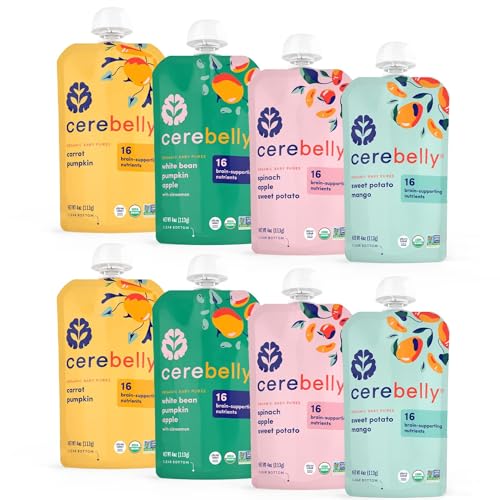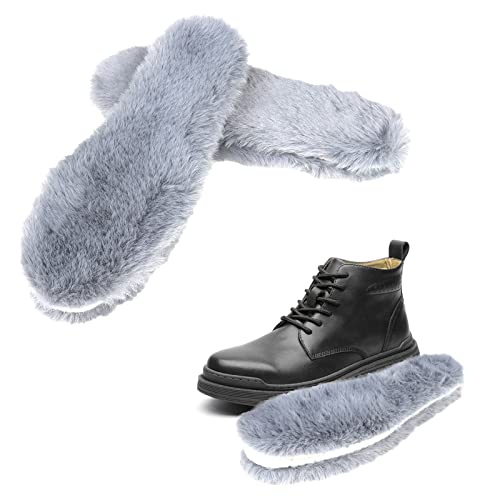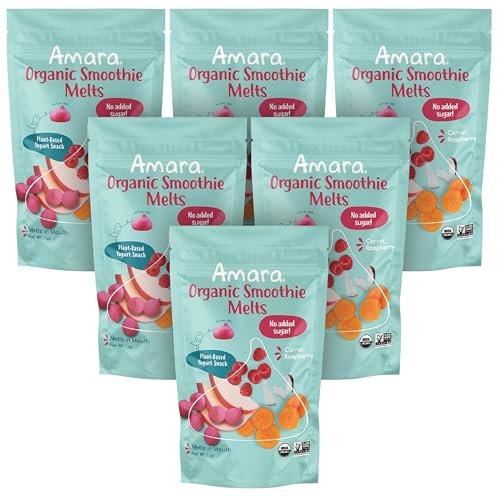-
If you have bought, sold or gained information from our Classifieds, please donate to Rabbit Talk and give back.
You can become a Supporting Member or just click here to donate.
You are using an out of date browser. It may not display this or other websites correctly.
You should upgrade or use an alternative browser.
You should upgrade or use an alternative browser.
Wanted: Californian rabbits in san jose, ca
- Thread starter dmirza
- Start date

Help Support Rabbit Talk Forum:
This site may earn a commission from merchant affiliate
links, including eBay, Amazon, and others.
nvstickbow
Well-known member
If you were up for a drive to the Lake Tahoe area, I have a Californian buck for sale. Not sure how young you're looking for; he's a senior but has only sired a dozen litters at most.
Have you tried Craigslist?
MamaSheepdog
Well-known member
dmirza":z45hlpeh said:I bought two does from the breeder but want to avoid buying a buck that is related.
Are they good quality rabbits? If so, I would definitely go back to the same breeder and buy a buck. Good livestock lines are developed by intense line breeding and inbreeding, and in fact ALL of the "purebred" animals we have today were created in this way.
People have a misconception that doing so will result in a bunch of inherited deformities- but this is not the case. There was a study done where they bred (rabbits) brother to sister for over twenty generations before any problems started appearing. One of the first things noticed when lines have been bred too intensely for too long is a drop in fertility and litter size.
What it does do is increases the likelihood of certain characteristics- both good and bad- showing up in the offspring.
For example, say you have two rabbits with great shoulders, and pinched hindquarters- you will likely get a bunch of kits showing the good shoulders and the bad hindquarters, and some may have even better shoulders than their parents (YAY!) and far worse rears (OH NO!). So instead of breeding two rabbits that share the same fault, you want to select pairings that will hopefully "fix" the fault- in this case, you would select an animal that has great width in the hindquarters, with straight hocks placed far apart.
Over time, since you "breed the best and eat the rest" you will breed those faults right out of your lines.
When you outcross and bring in a new line, you are playing genetic roulette. Even two superior animals may not cross well.
I just experienced this firsthand, since I recently brought in a new buck. He is a black otter and I bred him to one of my broken black does. The kits had phenomenal type, but were Silver Martins and a who knows what. They all went to freezer camp since they were not an accepted Rex variety. Obviously, this isn't the best example, since it was "just" a color problem, but you get the idea.

$13.69
$24.00
Top Secret Restaurant Recipes: Creating Kitchen Clones from America's Favorite Restaurant Chains: A Cookbook
Windflower Bookstore

$19.79
$35.95
Complete Guide To Fasting: Heal Your Body Through Intermittent, Alternate-Day, and Extended Fasting
Amazon.com

$17.61
$24.95
The Lodge Cast Iron Cookbook: A Treasury of Timeless, Delicious Recipes
Amazon.com

$209.99
Hay Bale Sampler Probe, 24" Depth, Drill-Type for Sampling Hay Bales. Includes Bagging Attachment.
Best Harvest Inc.

$14.63
$29.99
Fit Men Cook: 100+ Meal Prep Recipes for Men and Women―Always #HealthyAF, Never Boring
Amazon.com

$7.65 ($0.10 / Ounce)
$10.99 ($0.14 / Ounce)
Himalayan Nature 100% Natural Himalayan Rock Deer Salt Block - Animal Licking Mineral Salt Block, Natural Feed Salt Block, 5 Lbs, 2x4x8 inch, Pack of 1
Amazon.com

$31.29 ($7.82 / lb)
Manna Pro Milk Replacer with Probiotics for Goat Kids | Supports Gut Health and Digestion | 4lbs
Amazon.com

$22.65
$27.99
The Fast Metabolism Diet Cookbook: Eat Even More Food and Lose Even More Weight
Amazon.com

$9.99 ($3.33 / Count)
Springtime 3pcs Rabbit Fur Headbands for Women Girls Unique Faux Furry Hair Headband Soft Luxury Headwear Warm Hair Accessories
Chunxia Accessories

$38.50 ($0.53 / Ounce)
Peter Rabbit Organics Fruit Flavors Variety Pack 4 oz. Squeezable Pouches (Pack of 18)
Amazon.com

$3.76 ($4.01 / lb)
$6.99 ($7.46 / lb)
Kaytee Alfalfa Cubes for Rabbits, Guinea Pigs, and Other Small Animals, 15 oz
Amazon.com
Thanks for the input mamasheepdog. I think I'll just try breeding the siblings. I'm new to rabbitry bu the two does I have right now seem pretty healthy and I don't see any problems with them. I'll try breeding them with their sibling and see how the offspring looks.
Breeding the siblings will bring out any bad traits they might have. It will tell you how good the bloodlines are one way or the other.







































